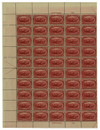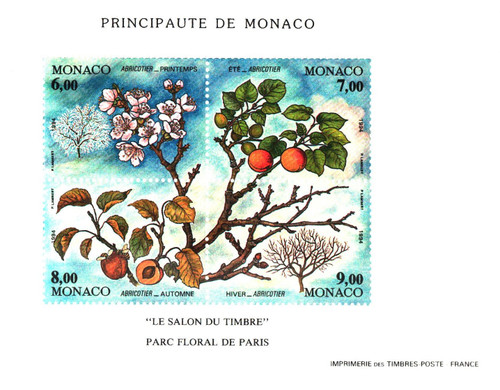
1898 2c Farming in the West #286 Sheet
# MA1690 - 1898 2c Farming in the West #286 Sheet
$3,600.00
Exceptional #286 Pane
Rich Color – Beautiful Details
Due to a special purchase, we’re offering a full pane of 50 Farming in the West stamps for the very first time – and in especially fresh mint never-hinged condition. Most of the stamps feature fine to very fine centering.
Exceptional #286 Pane
Rich Color – Beautiful Details
Due to a special purchase, we’re offering a full pane of 50 Farming in the West stamps for the very first time – and in especially fresh mint never-hinged condition. Most of the stamps feature fine to very fine centering.







